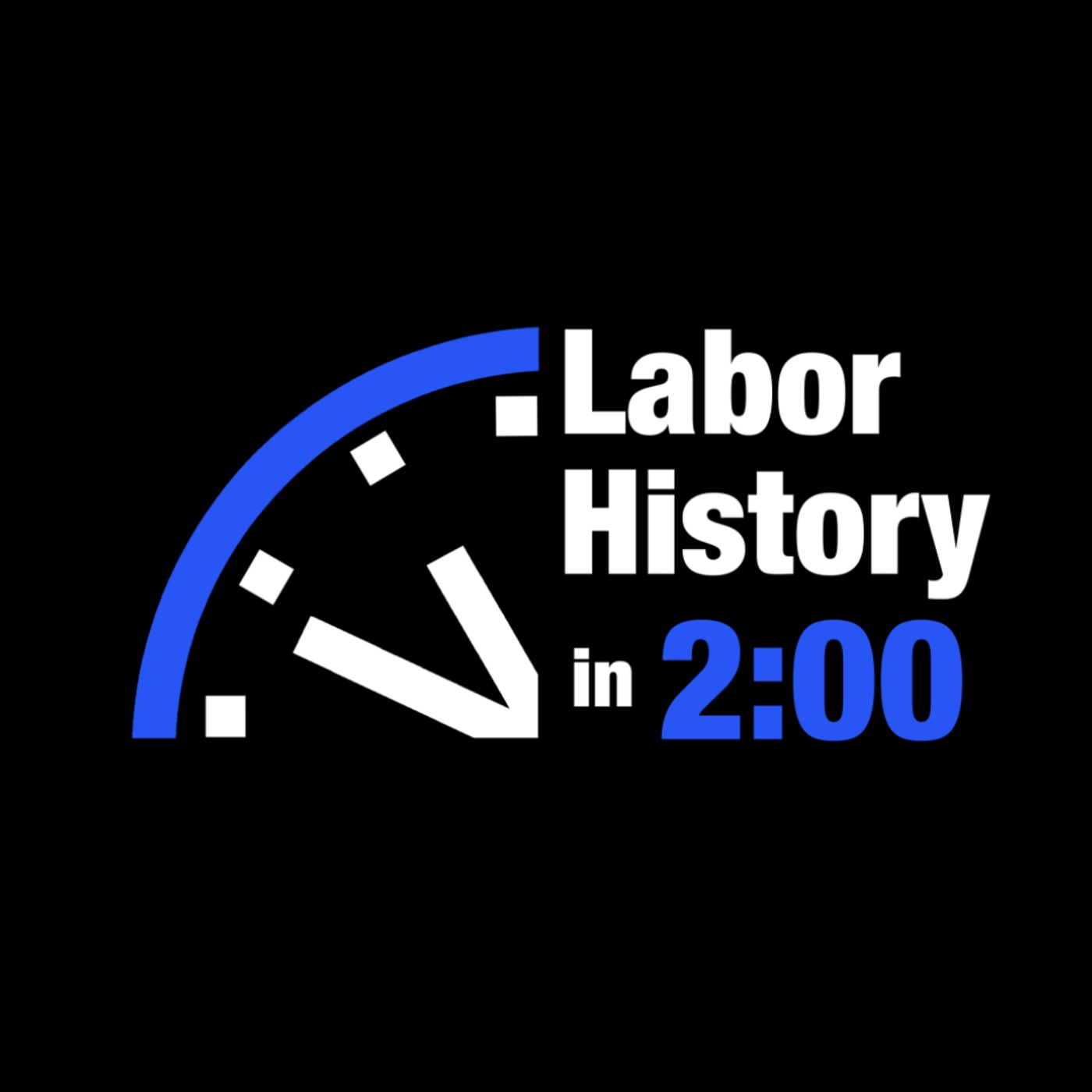Episodes
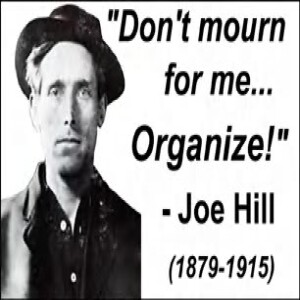
Friday Jan 10, 2025
January 10 - Honoring Joe Hill
Friday Jan 10, 2025
Friday Jan 10, 2025
Today in labor history, January 10, 1914, two men were killed during a grocery store robbery in Utah. Their murders were blamed on Joe Hill a Swedish-American labor activist, songwriter, and member of the Industrial Workers of the World, or the IWW, also known as the Wobblies.
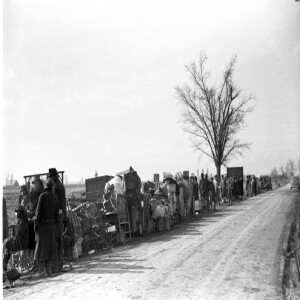
Thursday Jan 09, 2025
January 9 - Southern Tenant Farmers Line Missouri Highways
Thursday Jan 09, 2025
Thursday Jan 09, 2025
Yet farm workers have played an important, and often overlooked role in labor history. Such was the case today in labor history, January 9, 1939. That was the day more than 1,500 Missouri farmers and their families began a “highway sit in.”
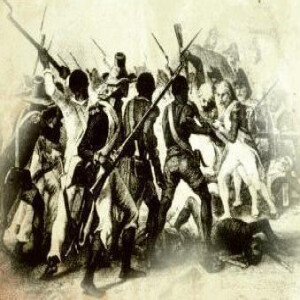
Wednesday Jan 08, 2025
January 8 - The German Coast Uprising of 1811
Wednesday Jan 08, 2025
Wednesday Jan 08, 2025
Often significant days in history pass with little attention. Today in labor history, January 8, 1811, is one such day. On that day Charles Deslonde, an enslaved sugar laborer in the New Orleans territory led what became one of the largest slave revolts in American history.
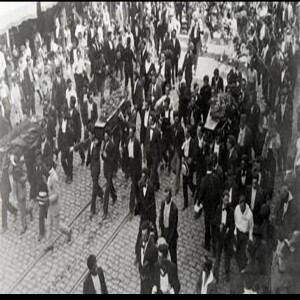
Tuesday Jan 07, 2025
January 7 - Semana Trágica
Tuesday Jan 07, 2025
Tuesday Jan 07, 2025
Today in labor history, January 7, 1919 began what is known as Semana Trágica, or Tragic Week in Argentina. Labor unrest had been mounting in Buenos Aries. On January 7, police killed four workers who were striking for better conditions at an ironworks plant.
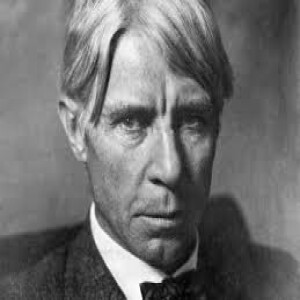
Monday Jan 06, 2025
January 6 - Remembering Carl Sandburg
Monday Jan 06, 2025
Monday Jan 06, 2025
Today in labor history, January 6, 1878, is the birthday of renowned Illinois poet Carl Sandburg. He was born to Swedish immigrants in Galesburg, Illinois. Later Sandburg worked as an editorial writer at the Chicago Daily News. He was part of a group of poets and novelists, known as the “Chicago Literary Renaissance.” Sandburg became most well-known for his poetry, which won two Pulitzer Prizes. He also won a third Pulitzer for his biography of his hero Abraham Lincoln. Sandburg’s poems often evoked images and explored themes of the industrialized United States. This was especially true of his 1920 volume, Smoke and Steel. In this collection Sandburg wrote about workers in Gary, Indiana and farmers around Omaha, Nebraska. He wrote about railroad workers and steel workers. His words instilled unexpected beauty in these industrial scenes. Sandburg wrote in free verse, a style that did not rhyme. He used accessible language in his poems, making them available to the “common man.” He would take short tours around the U.S. reading his poems and playing folk songs on guitar. His poems gained a wide, popular readership. The opening lines of his poem “Chicago,” so captured the workers and spirit of the city, these words remain indelibly entwined in the city’s image: “Hog Butcher for the World, Tool Maker, Stacker of Wheat, Player with Railroads and the Nation's Freight Handler; Stormy, husky, brawling, City of the Big Shoulders.”
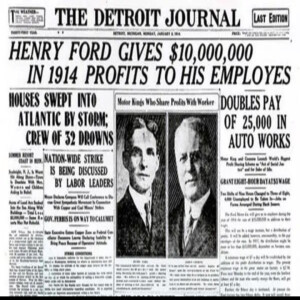
Sunday Jan 05, 2025
January 5 - The Best Customers
Sunday Jan 05, 2025
Sunday Jan 05, 2025
Today in labor history, January 5, 1914 the Ford Motor Company raised its basic wage from $2.40 for a nine-hour day to $5 for an eight-hour work day. Many of Ford’s contemporary critics scorned his “Five Dollar Day.” Journalists and other auto makers predicted disaster for the industry. Henry Ford implemented the wage increase to head off labor unrest in the company and curtail his problems with worker turnover. The wage increase helped to derail efforts to start a union in his factory. The five-dollar day was not an act of altruism by the automaker. It was a calculated business decision. Most importantly for Ford, the wage increase enabled his workers to become customers and buy cars of their own. Ford declared, “One’s own employees ought to be one’s own best customers.” Despite the prognosticators of doom, Ford’s plan worked. Ford’s profits doubled in the two years after he raised the wages. In 1914 Ford sold more than 300,000 Model Ts, more than all other U.S. automakers combined. By 1920 that number had climbed to a million cars a year. Reflecting back on his decision Ford explained, “The payment of five dollars a day for an eight-hour day was one of the finest cost-cutting moves we ever made.” Perhaps those who today are lining up to predict doom and disaster if the minimum wage is raised might benefit from reading this page from labor history.
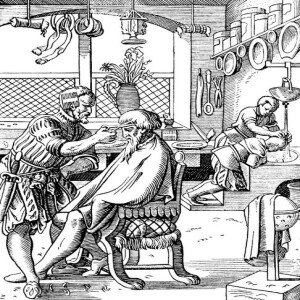
Saturday Jan 04, 2025
January 4 - The Longest Strike
Saturday Jan 04, 2025
Saturday Jan 04, 2025
Last year Chicago saw the end of what may have been the longest hotel strike in history. On Father’s Day 2013, 130 workers from the Congress Hotel on Michigan Avenue walked off the job. They were protesting a reduction in wages and the hotel’s hiring of minimum-wage subcontractors. For ten years the strikers, let by Unite Here, picketed the hotel. The hotel management remained unmoved. Unite Here quietly ended the strike. But that was not the longest strike in history-not by a long shot. Today in labor history, January 4,1961, barbers assistants in Copenhagen, Denmark ended their strike. They had first walked off the job in 1928—and the Guinness World Book of Records has declared the strike the longest in recorded history! Every strike, or a work-stoppage, has its own character. A strike might be as short as just a portion of a day. Or a strike might last for weeks, months, or years. Sometimes union members call strikes to last a specific amount of time—usually a few days. Other times union members vote for an open-ended strike, with the duration uncertain. The tactic of a strike is one of the most extreme measures a union can take. Usually, a strike means that all other efforts to gain a fair contract have been exhausted. Long strikes have become less common in recent years. According to the Bureau of Labor Statistics there were only 15 major work stoppages in 2013. Of these two-thirds lasted three days or less.

Friday Jan 03, 2025
January 3 - The England Food Riot
Friday Jan 03, 2025
Friday Jan 03, 2025
Today in labor history, January 3, 1931 was a day that helped to bring the hunger and poverty caused by the Great Depression to the attention of the nation.

Thursday Jan 02, 2025
January 2 - The January 1905 Conference
Thursday Jan 02, 2025
Thursday Jan 02, 2025
Today in labor history, January 2, 1905 a secret meeting was held in Chicago, attended by 23 industrial unionists.
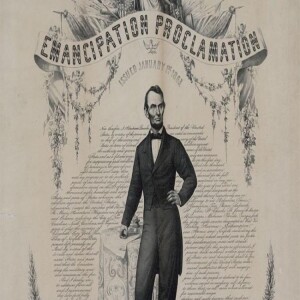
Wednesday Jan 01, 2025
January 1 - The Emancipation Proclamation
Wednesday Jan 01, 2025
Wednesday Jan 01, 2025
Today in labor history, January 1, 1963, is one of the most often misunderstood days in United States history. This was the day that Abraham Lincoln issued the “Emancipation Proclamation.” But did you know that Emancipation Proclamation did not actually free enslaved people in the U.S.?

